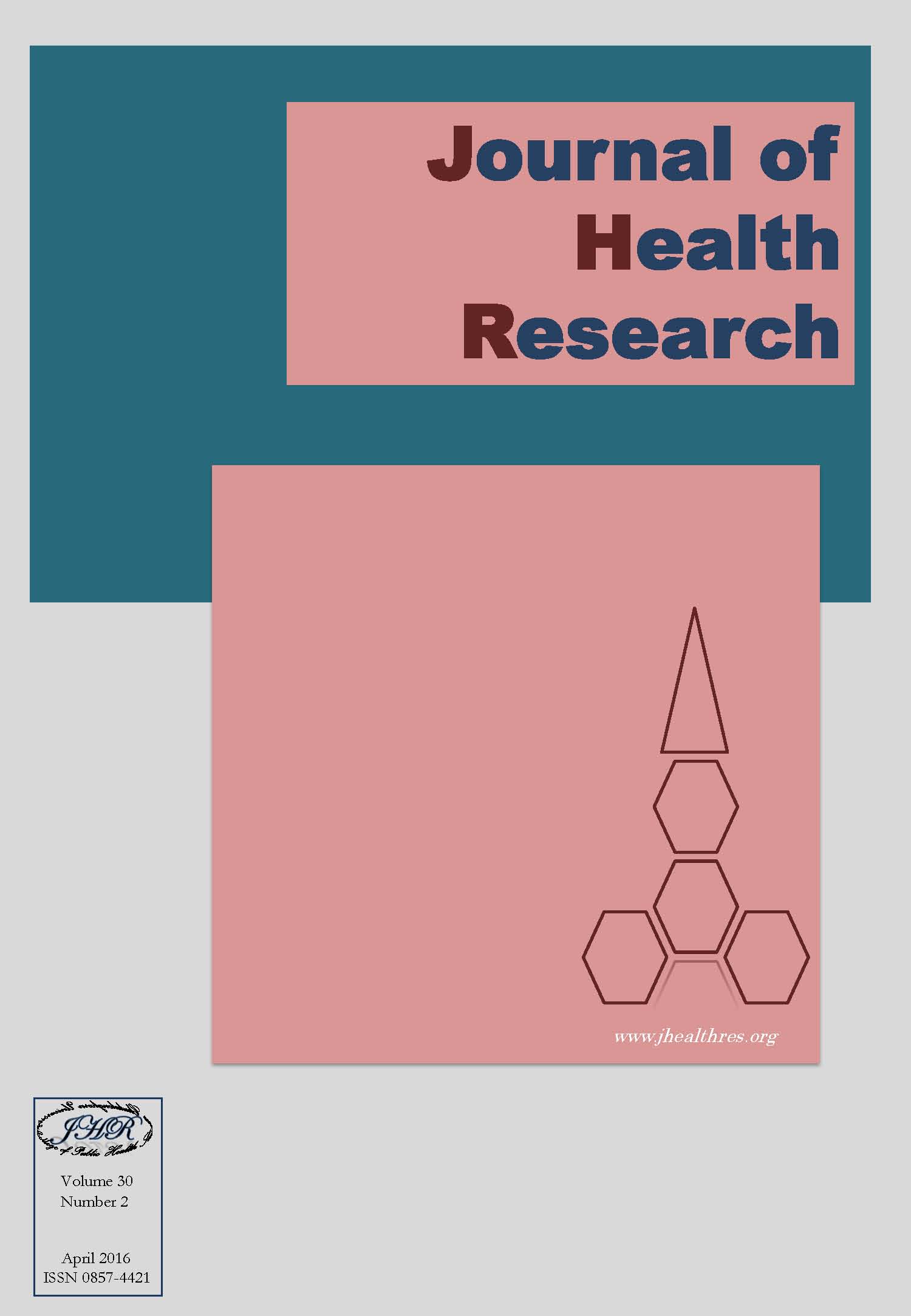Factors related to using rodents as traditional curing products
Keywords:
Emerging Pandemic Threat Program (EPT), PREVENT Project, Rodent, Curing products, Traditional medicine, Zoo therapy, Hmong, Lao-Tai, Bolikhamxay, Lao PDRAbstract
Background: Rodents are one of the important reservoirs for zoonotic diseases that have been increasing public health concerns, especially in Southeast Asian countries including the Lao PDR.
Methods: A cross-sectional study was conducted to determine human-rodent exposure in Bolikhamxay Province, Lao PDR, among the majority Lao-Tai, and Hmong ethnic groups, aged between 18 – 50 years, during March through May 2013. The current study focused on use of rodents as traditional curing sickness products.
Results: Among 584 respondents, sixteen (16, or 2.7%) respondents (6 females and 10 males) who reported using any part(s) of rodents as traditional curing products. Mean age was 33.6 years old and half of the respondents (8, 50.0%) were > 36 years old. Final multiple logistic regression results showed that two independent variables (has a car, and sanitation as flush toilet) were statistically significant with reported use of rodents or any parts of rodents for medicinal purposes. The respondents who reported having a car (OR=3.534, 95% CI 1.289 – 9.688, p 0.014) and having sanitation as flush toilet (OR=4.167, 95% CI 1.262 – 13.752, p 0.019) were positive statistically significant with reported use of rodents or any parts of rodents as medicine. These findings may imply that among persons who have better living status (e.g. having car or flush toilet) preferred to have rodents [e.g. porcupines (3, 0.5%), rat/mouse (6, 1.0%), and squirrels (8, 1.4%)] as traditional curing products.
Conclusions: Further studies should be planned to extend and assess these findings, especially in specific target population who have been exposed with wildlife or focused tribe in this study in order to obtain in-depth information on the usage of the rodents. It would also be useful to characterize their risk of rodent-borne illnesses, and the health benefits of using rodents to treat these illnesses







